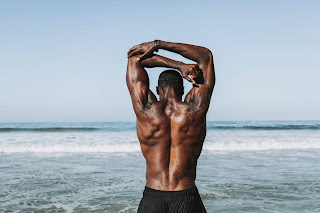October 16th each year is World Spine Day (WSD). It is a day raising awareness of back pain and other spinal conditions. This year’s theme is #LoveYourSpine and emphasizes the importance of spinal health through the promotion of physical activity, good posture and proper lifting.
There is an estimated one billion people (young and old) worldwide suffering from back pain. It is the biggest single cause of disability on the planet with one in four adults suffering from back pain at some point during their lives. Thus, prevention is key!
What is back pain?
Back pain is not just one thing. It can range from a dull ache to a sudden, sharp pain that takes your breath away and makes it hard to move. It can start quickly or can be a slow worsening experience. There are many sources of back pain ranging from mechanical, physically related stress to the structure (bone) and tissues (muscles, joints, etc.) of the back, to non-mechanical pain not relating to musculoskeletal system.How is back pain managed?
Back pain can be managed in several different ways. Remedies range from rest to exercise or from pain medication/muscle relaxants to manual care techniques. Everyone responds differently to the various options. The important thing to understand is that there are strategies for alleviating pain, and no one needs to suffer.Here are some tips to help prevent back pain:
- Maintain a healthy diet and weight.- Stay active and be sure to warm up.
- Avoid prolonged periods of inactivity.
- Maintain good posture.
- Lift with your knees and keep the object close to your body.
- Quick smoking because it impairs blood flow leading to oxygen and nutrient deprivation to the tissues of the body.
The Canadian Chiropractic Association (CCA) launched the Straighten Up Canada app on October 16th, 2014 to mark World Spine Day. The app includes 12 exercise videos that young people and adults alike,
can use to help maintain a healthy spine.
The Coach House Team is here to help! Book a consultation today to help kick start your back pain recovery.
Dr. Mark Bird BSc (Hon), MSc, Acu, DC



